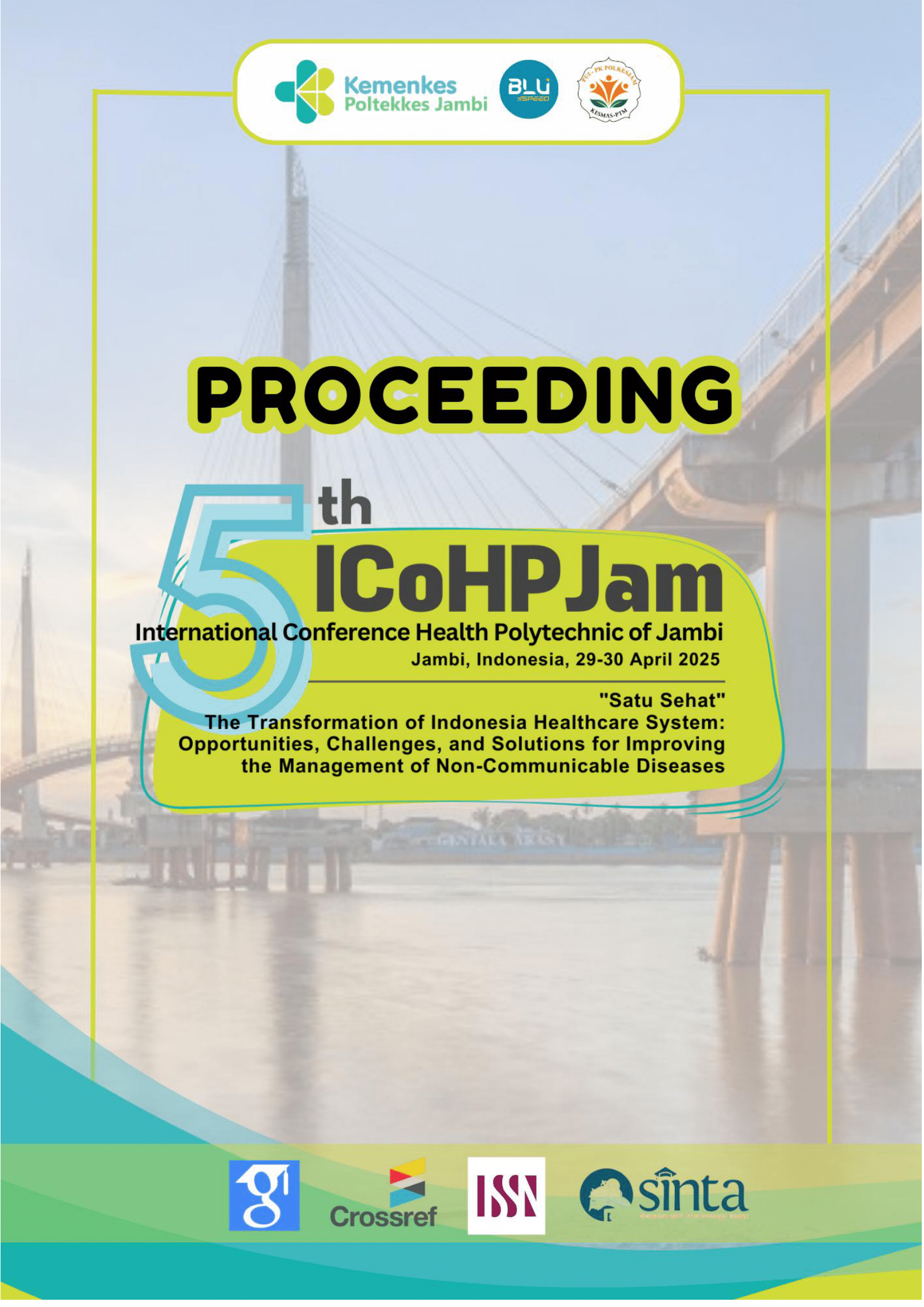Stunting in Children Under Two Years Old in Rural Areas Wonosobo Regency, Central Java, Indonesia: Does Anemia Matter?
Abstract
Background: Stunting is a serious problem if it is not treated better. Several factors are known to influence stunting, what about anemia in children under two old? This study aims to know the factors that influence stunting, especially anemia in children under two old in rural regions. Method: Cross sectional research in rural regions in Wonosobo Regency involving 285 respondents. This study analyzed five independent variables (gender, age, Hb status, maternal education, and maternal occupation). Meanwhile, the dependent variable is stunting. The author uses a logistic regression test at the final stage.
Results: This research shows that there is no relationship between gender, age, maternal education, maternal employment, and stunting p =>0.05. Meanwhile, what had a significant relationship was the anemia status of children under two old with p-value of < 0.05. Logistic regression analysis proves that anemia in children under two years old has a risk of 2,105 times stunting compared to those who are not anemic (95% CI: 1.168 – 3.795).
Conclusion: This research shows that anemia in children under two old influences the incidence of stunting in rural regions in Wonosobo Regency Central Java Indonesia.



